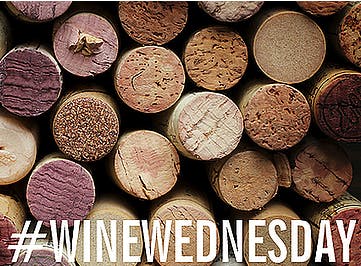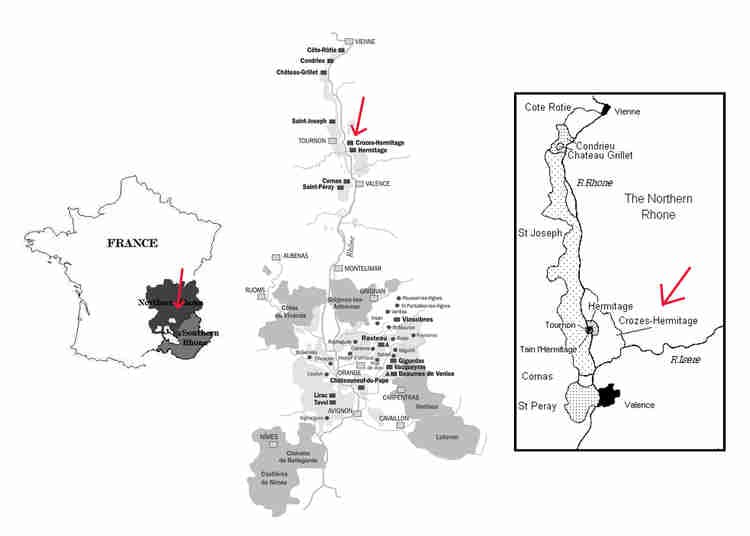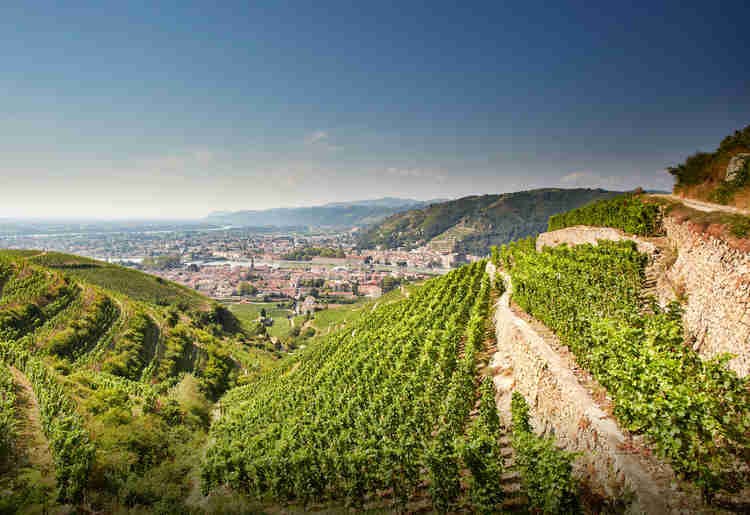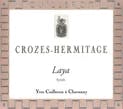Wine Wednesday: Crozes-Hermitage

There is no better place to get the real facts about all things Rhône than Inter Rhône, the marketing department for Rhône Valley Wine in France.
With their permission, we are able to share with you the details of what makes the Rhône the Rhône. This includes grape varieties, appellations, laws, key figures, history and so much more. On Wine Wednesday, we will continue to share information a sip at a time.

Crozes-Hermitage, © Christophe Grilhé
HISTORY - The Crozes-Hermitage appellation was created in 1937. At the time it was restricted to the village whose name it assumed because of its plots that were awarded Hermitage AOC status. It was not until 1956 that the 10 surrounding local authorities were included in the appellation. Previously, the area was long covered in orchards (centre and south) or wilderness (north).
It was only once the appellation was extended that the vineyards took hold.
GEOGRAPHY - The Crozes-Hermitage vineyard is the largest of the northern appellations. Located on the 45th parallel, it is spread across 11 local authority areas in the Drôme on the left-bank of the Rhône, to the north, south, and east of Tain-l’Hermitage. It lies 20km to the north of Valence and 3km to the north of Tain-l’Hermitage.

CLIMATE - Spread across a very large area, the Crozes-Hermitage vineyard is influenced by two different climates. To the north, the climate is temperate with and almost constant wind that blows and dries the air along the Rhône corridor. When the wind blows from the north, it brings fine weather and much needed freshness in summer, and a biting cold in winter. When the wind comes from the south, it is followed by storms and can make the atmosphere almost unbearable, especially in summer.
Below this latitude, the Mediterranean climate’s influence can be felt... The high annual sunshine (around 2400 hours in Valence) doubles during the hot, dry, summers, and average temperatures reach 20°C in July. Winter brings a moderately cold, semi-continental climate. Annual rainfall is moderate with particularly heavy rain at the end of the summer (especially in September owing to the Cévennes effect or Cevenol storms with their heavy rainfall).
GRAPE VARIETIES - The Cru’s red wines borrow from the Syrah. Gourmet and tender, they are dark red in colour and their nose brings aromas of red fruits and flowers. Able to be stored for an average period of time, Crozes-Hermitage can be enjoyed while young. The wine is fresh-flavoured during its first few years, but acquires notes of leather and spices of the years. The white wines, made from Marsanne and Roussanne, display a fine golden colour, and are fat in the mouth, yet dry and balanced. They give a pleasant floral nose that reveals nutty aromas."
SOURCE: Inter Rhône

Producers:
 |  |  |
 |  |  |
Some of my favorite Crozes Hermitage producers.
The Best Vintages of Crozes Hermitage are 2016, 2015, 2012, 2010, 2009, 2007, 2005, 2003, 2001 and 1999.
Articles:
Your Next Lesson: Crozes-Hermitage: Eric Asimov - New York Times
No place like (northern) Rhône - Andrew Jefford - Financial Times
